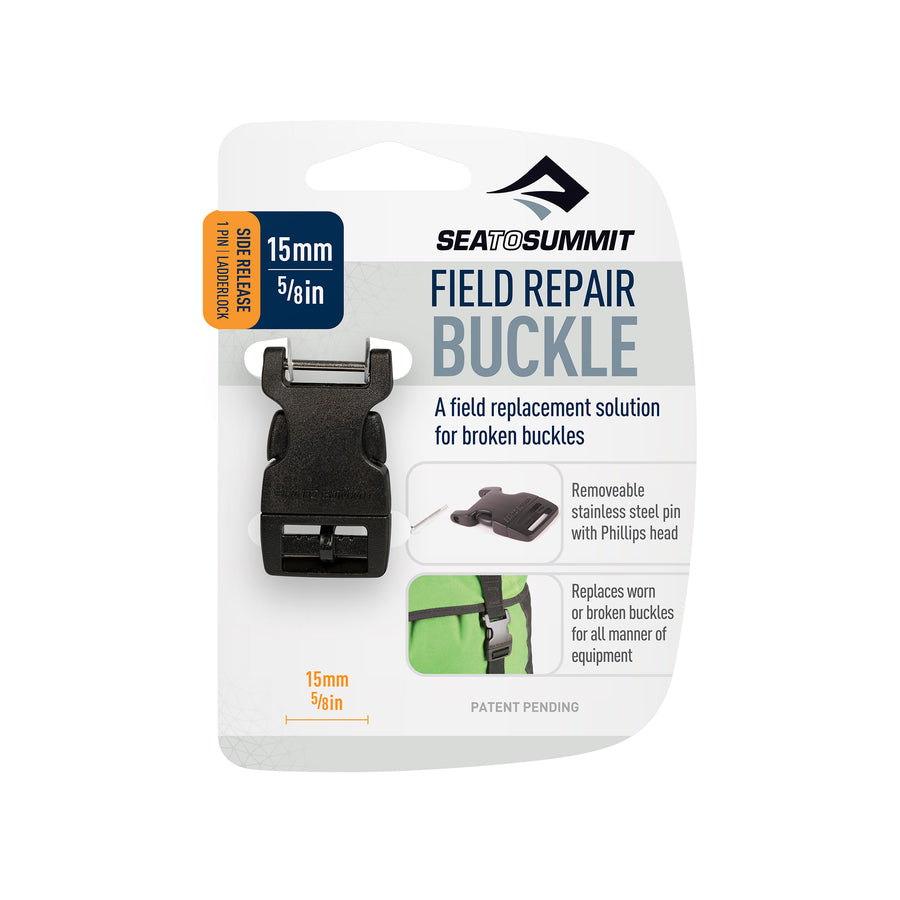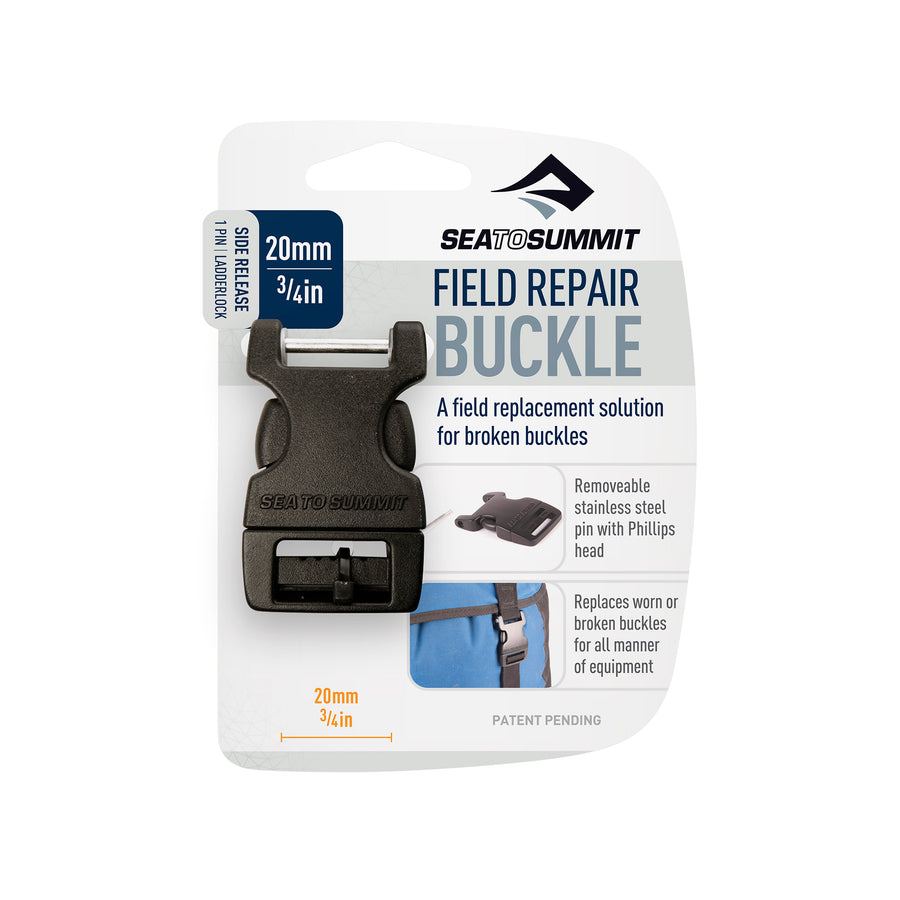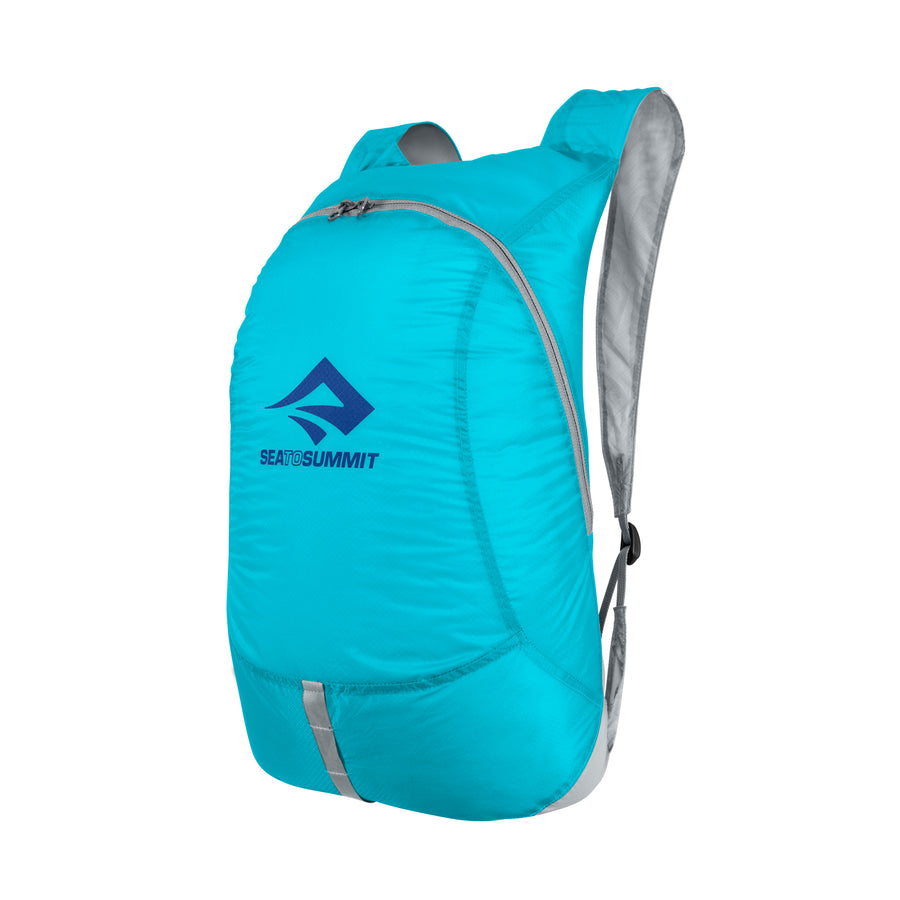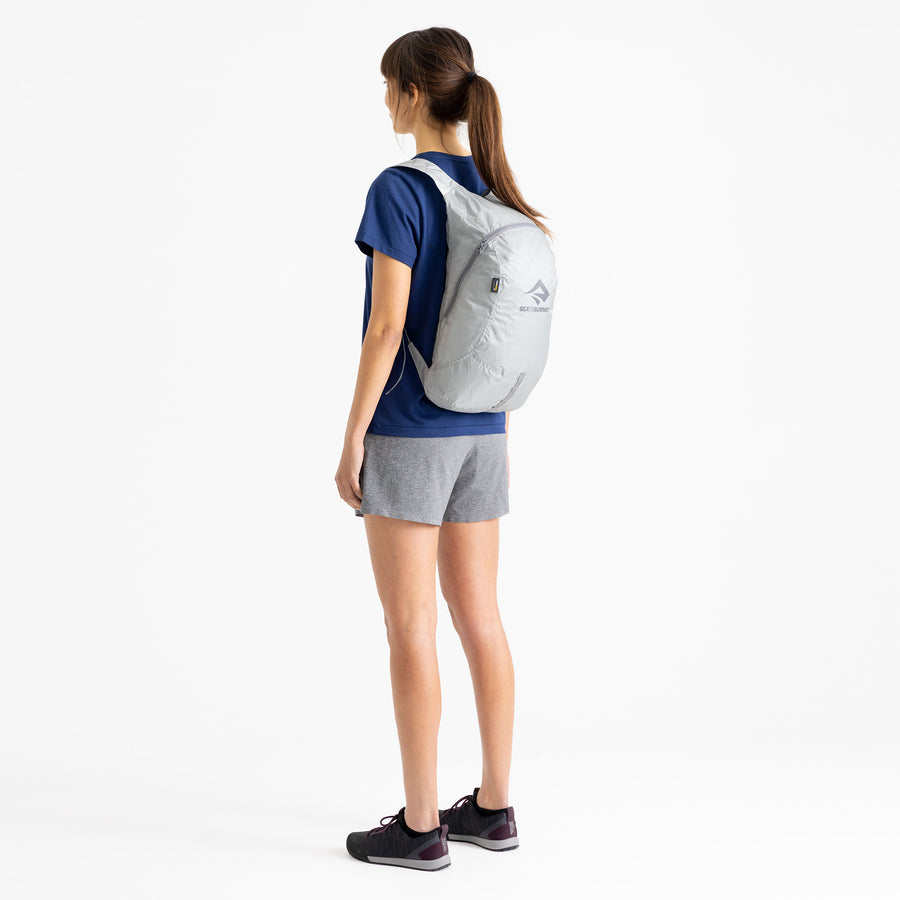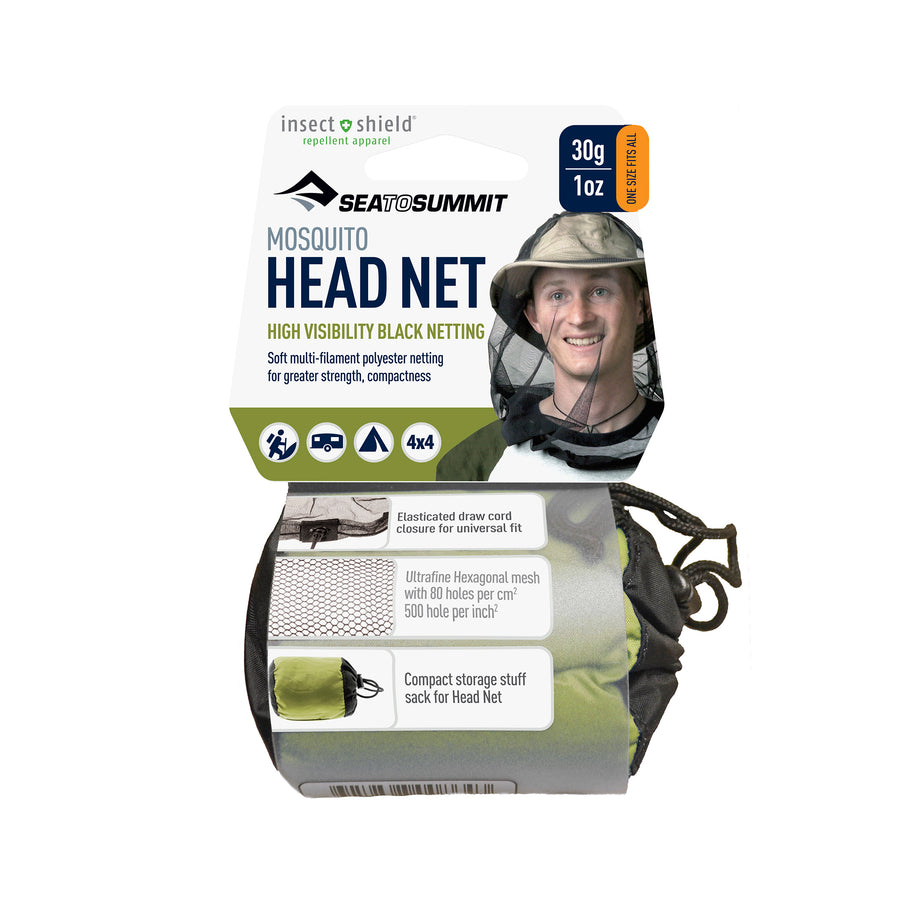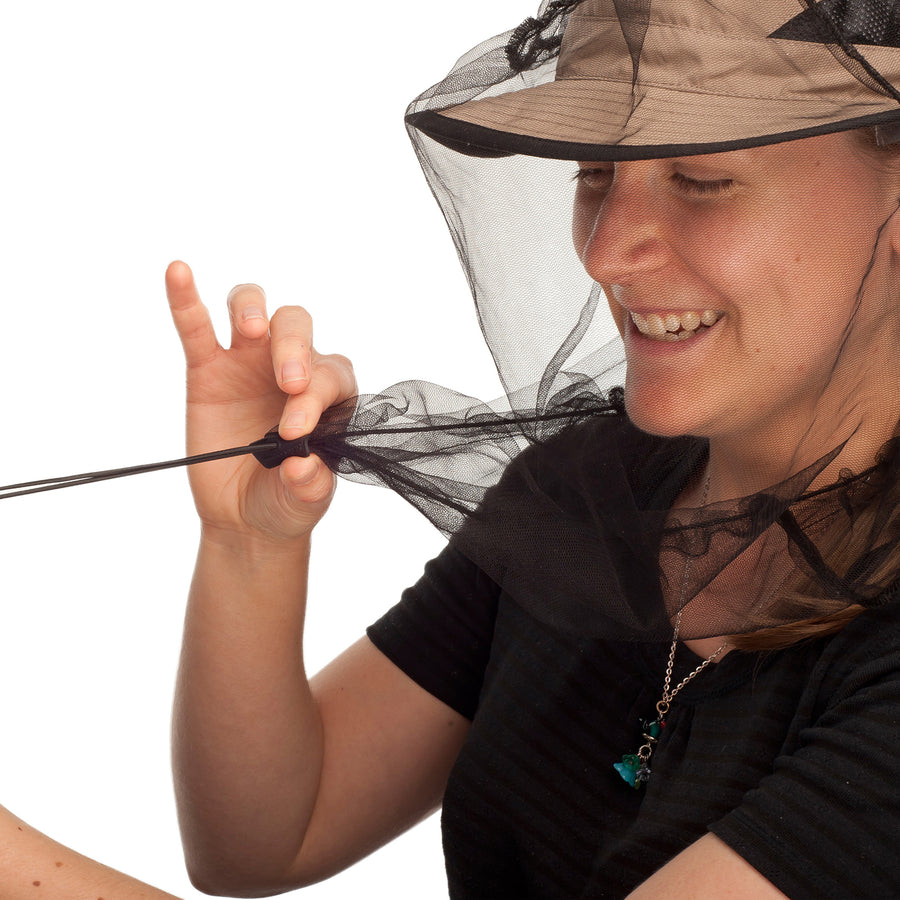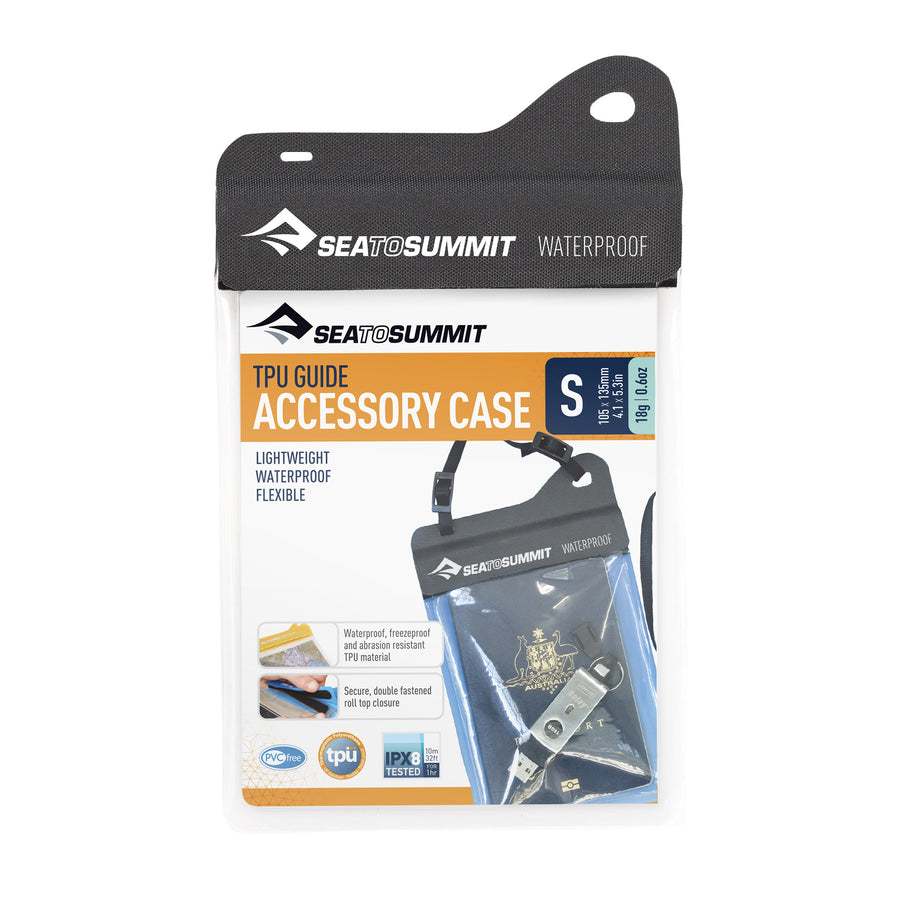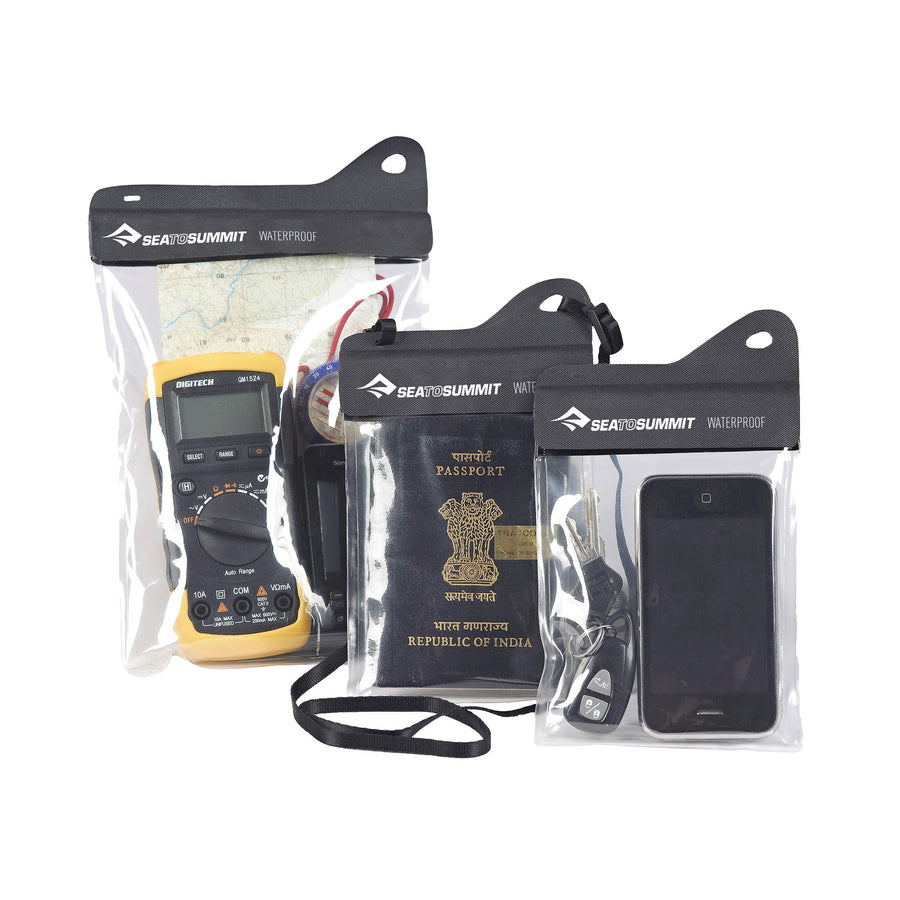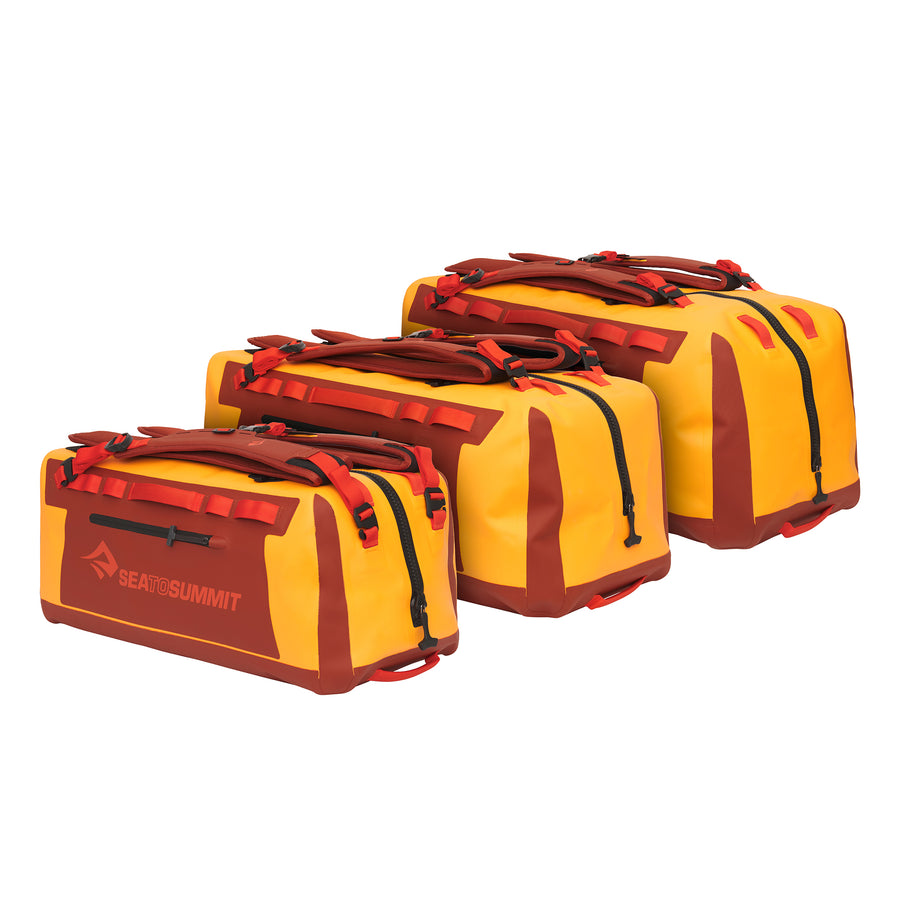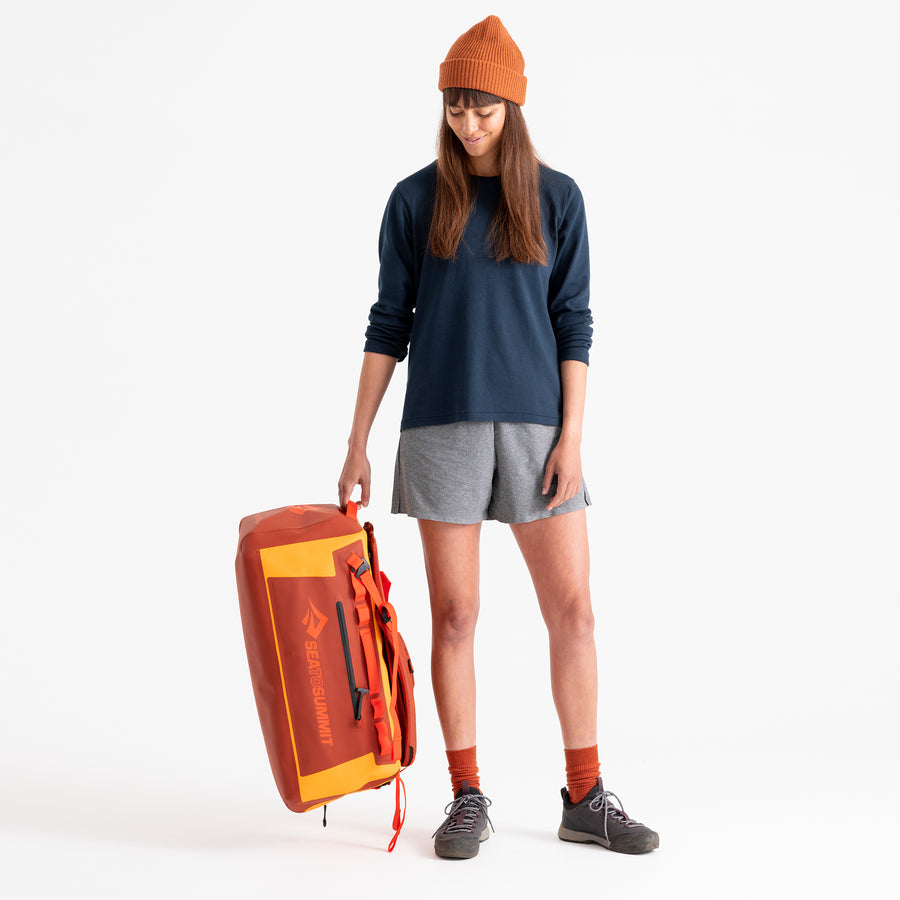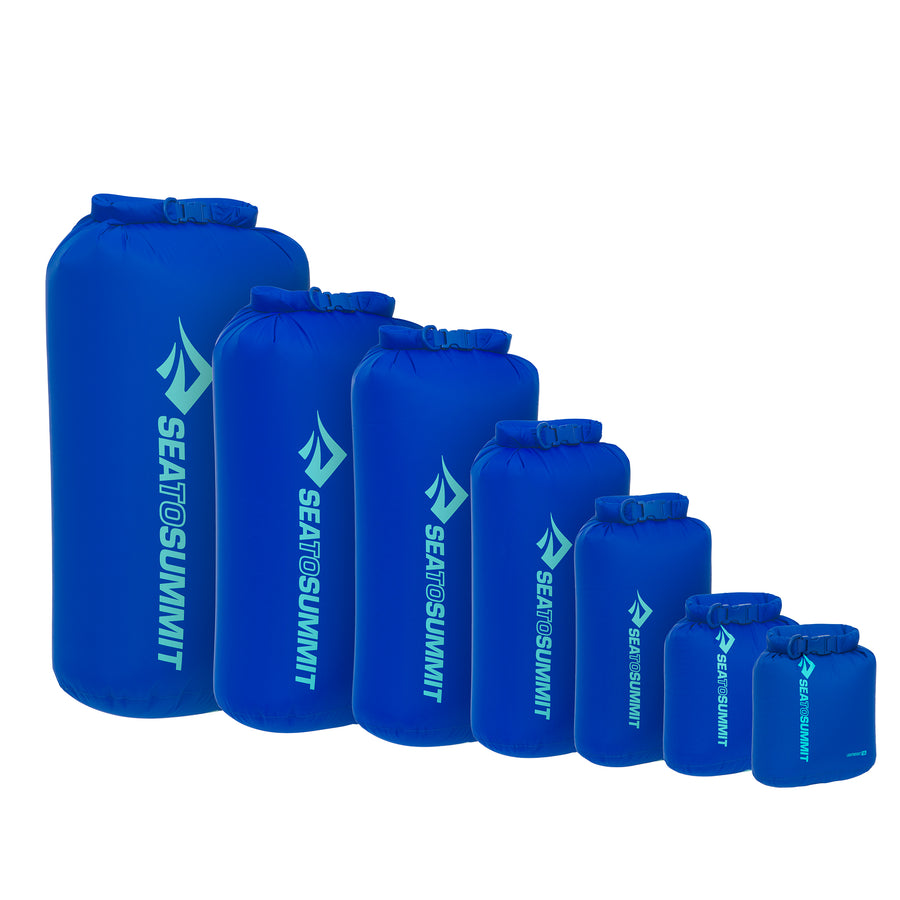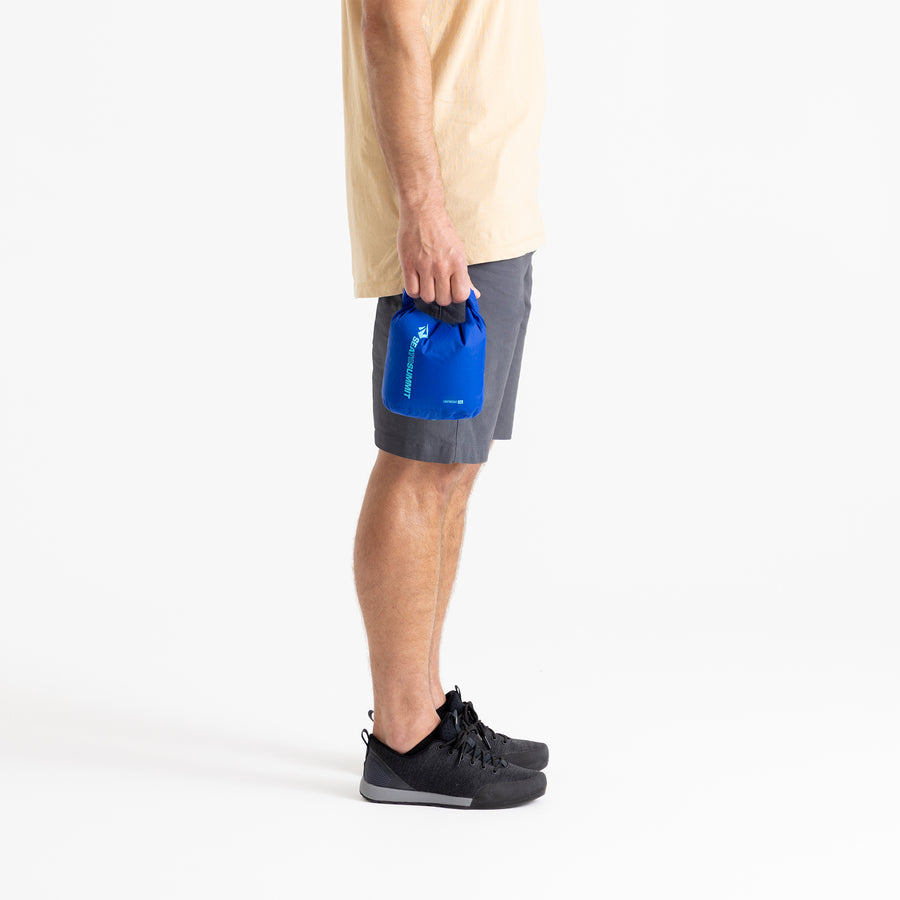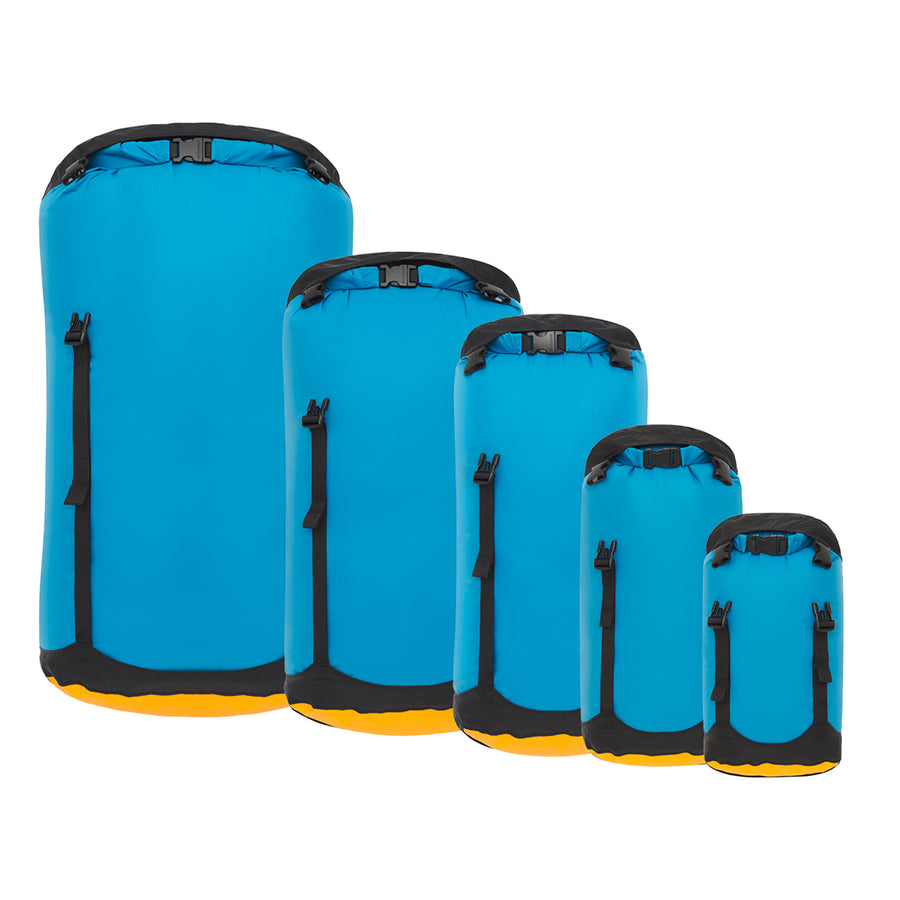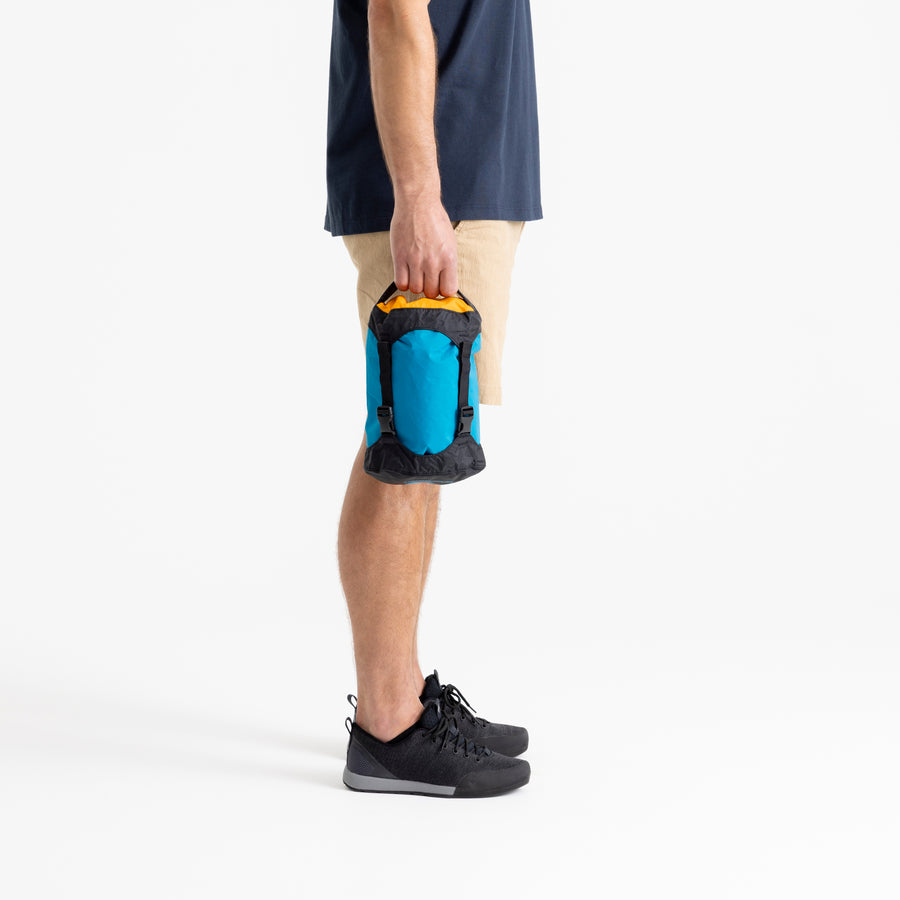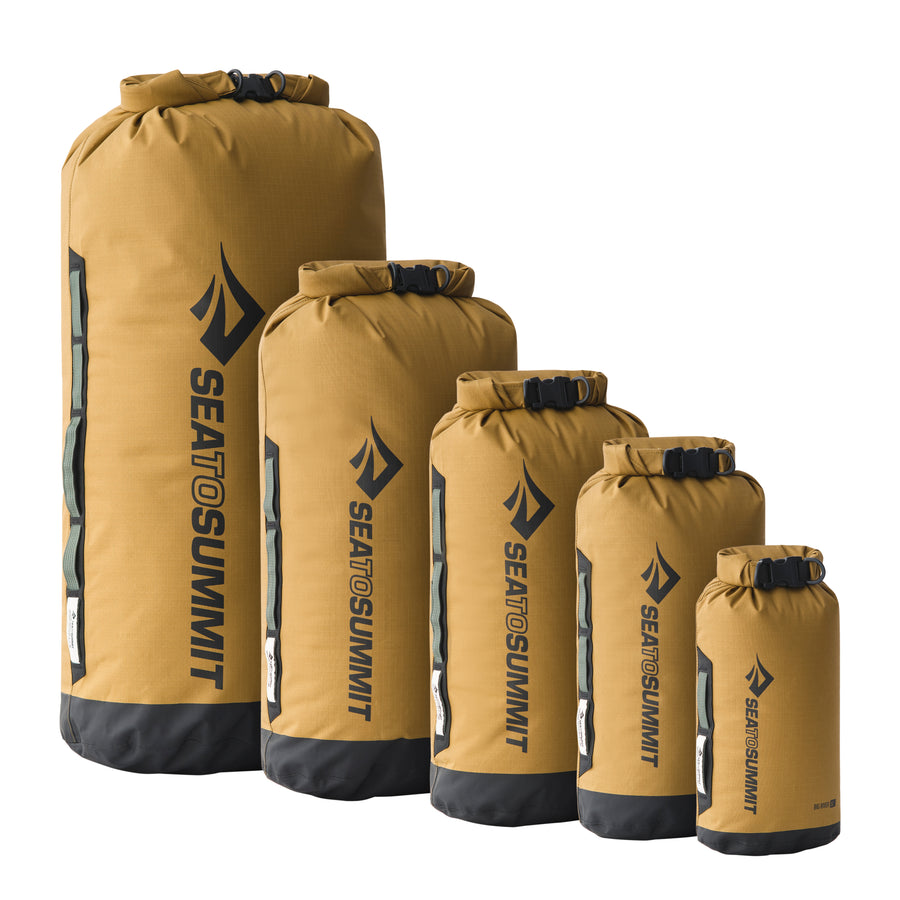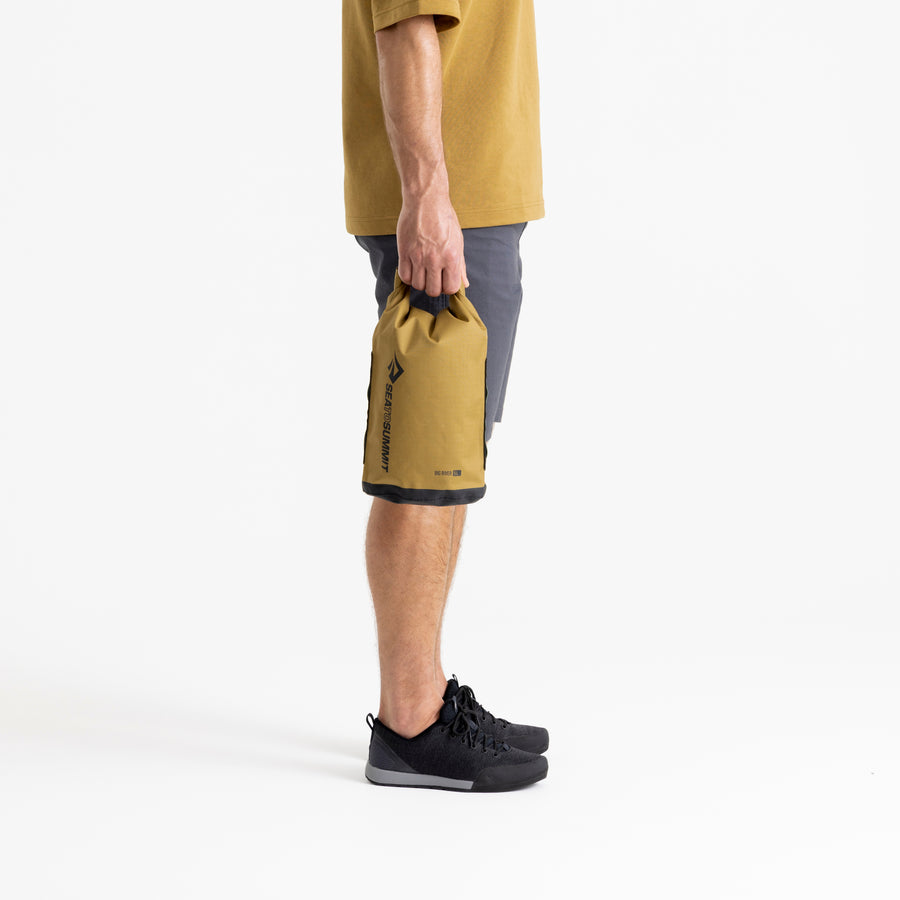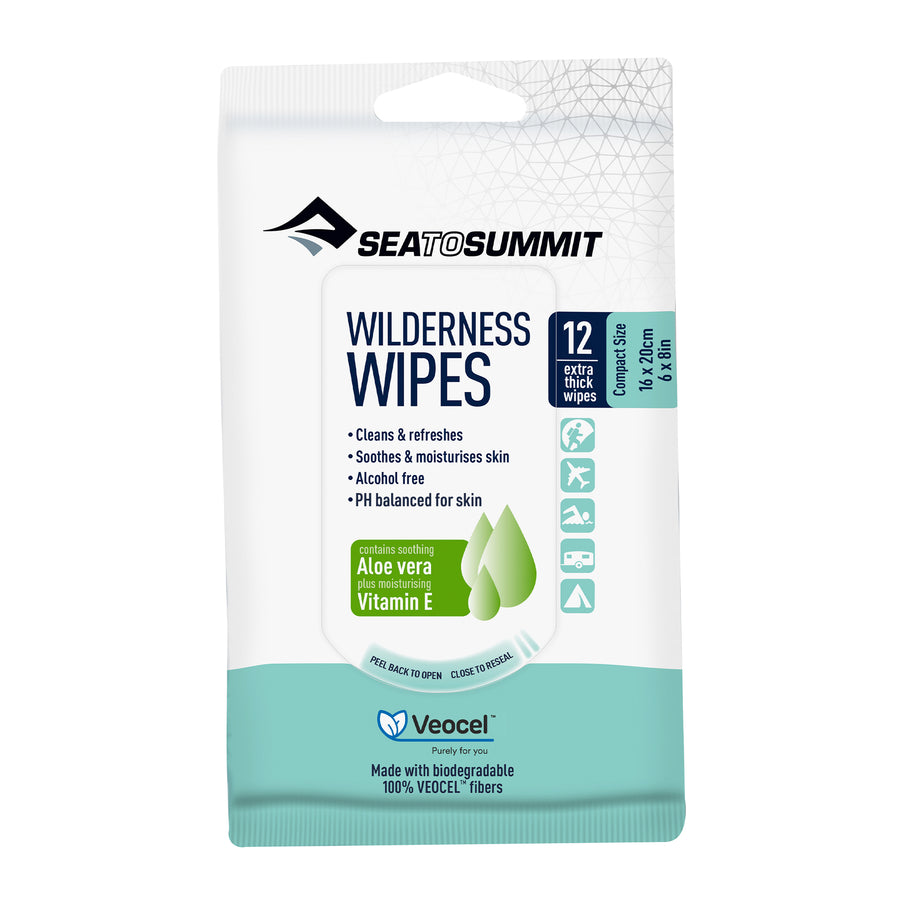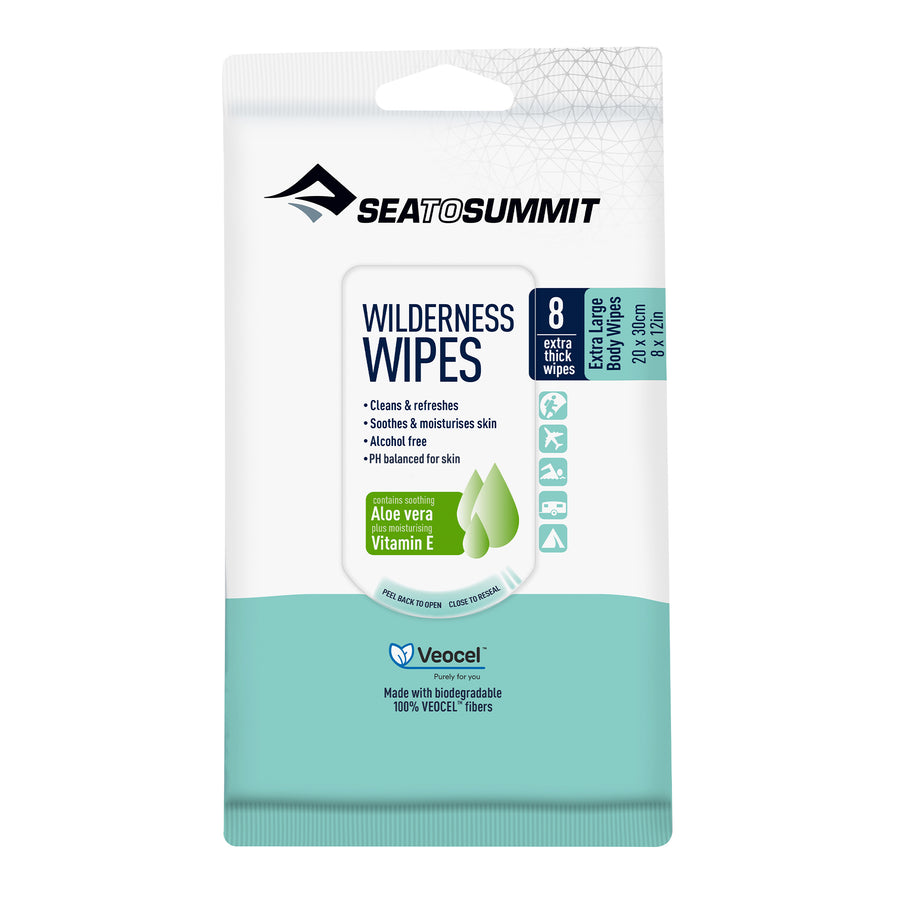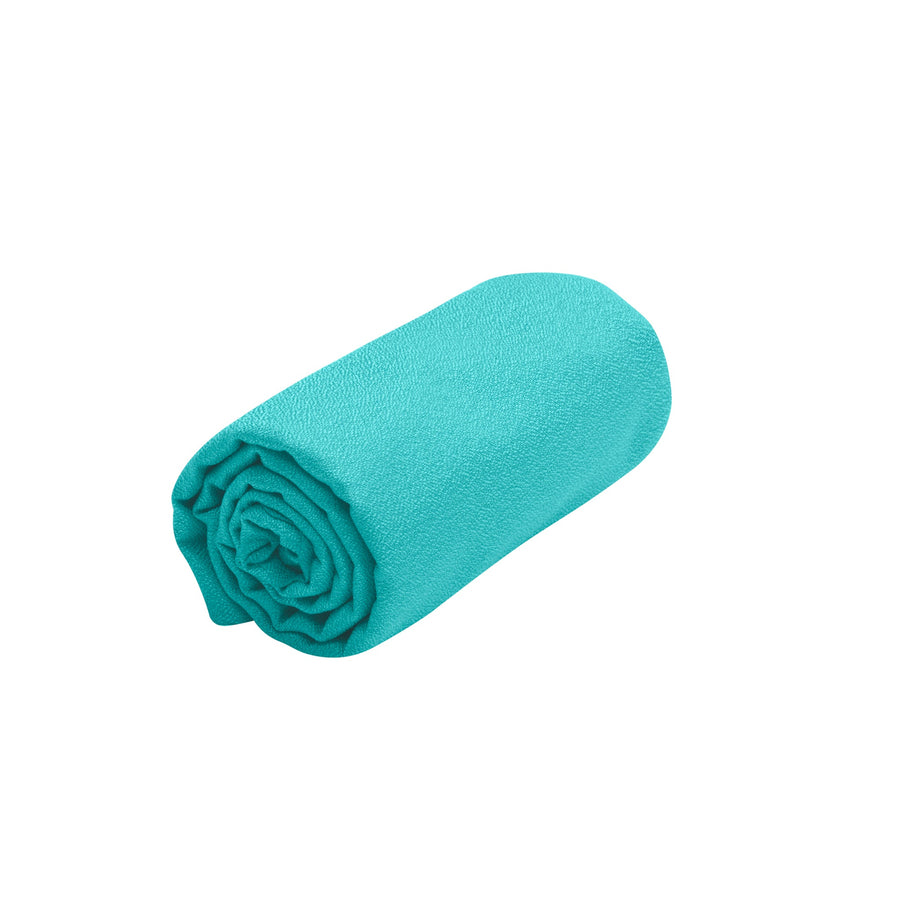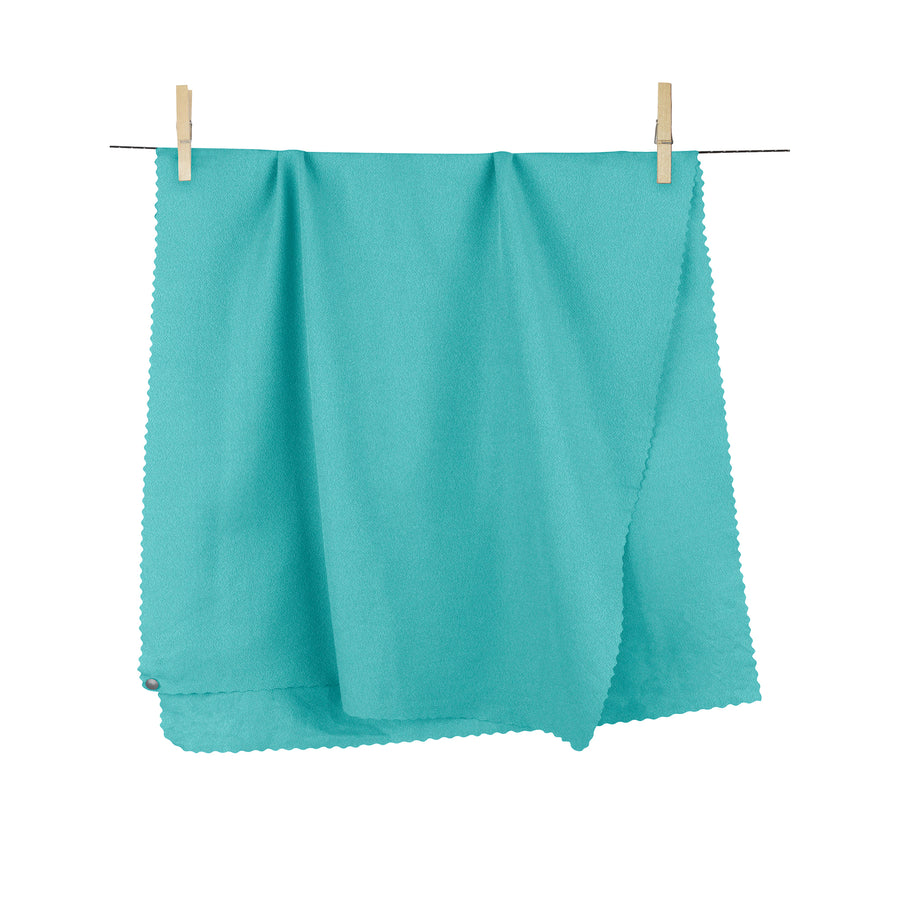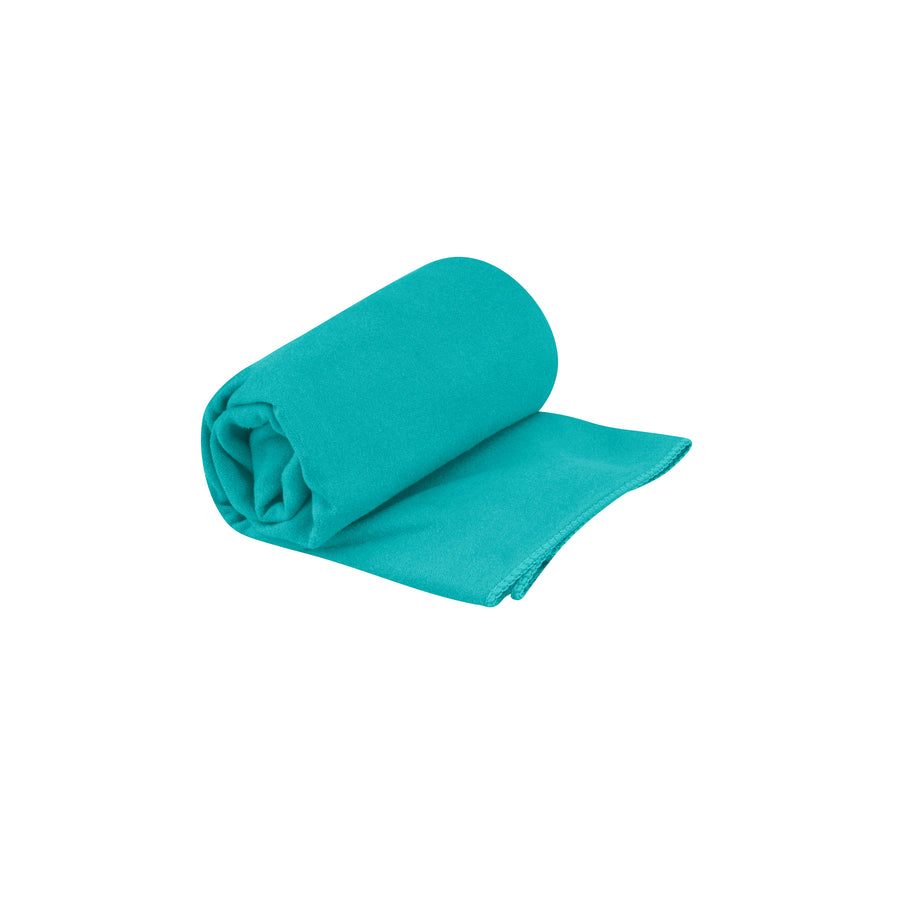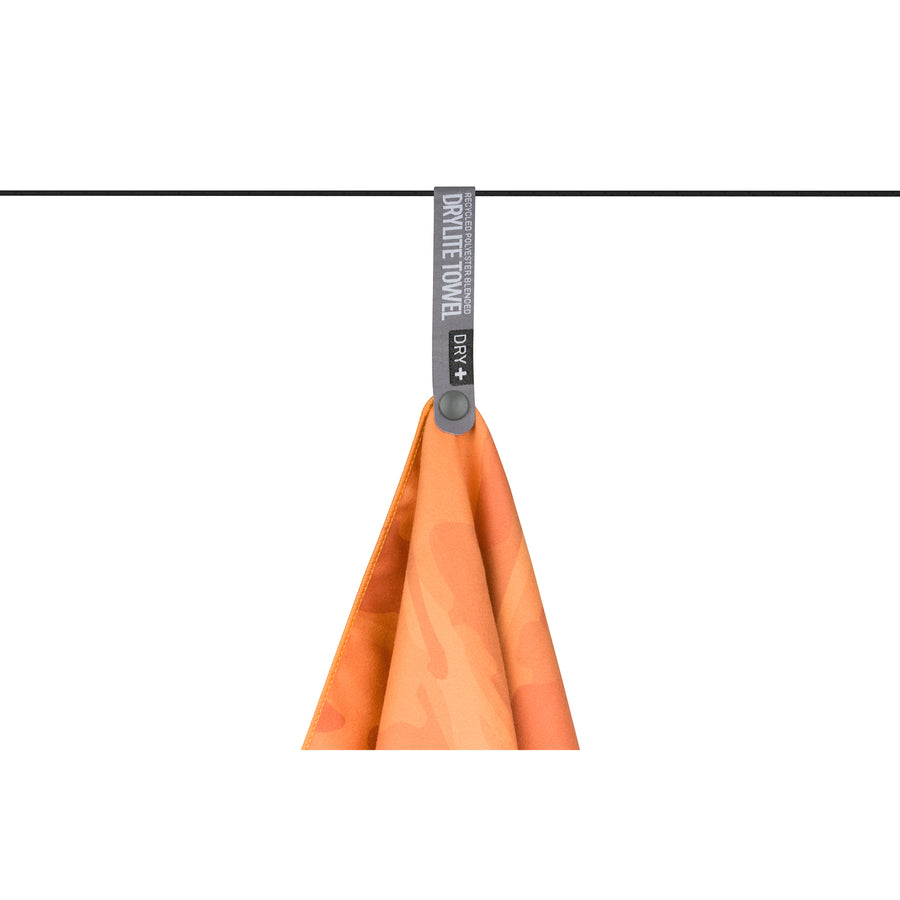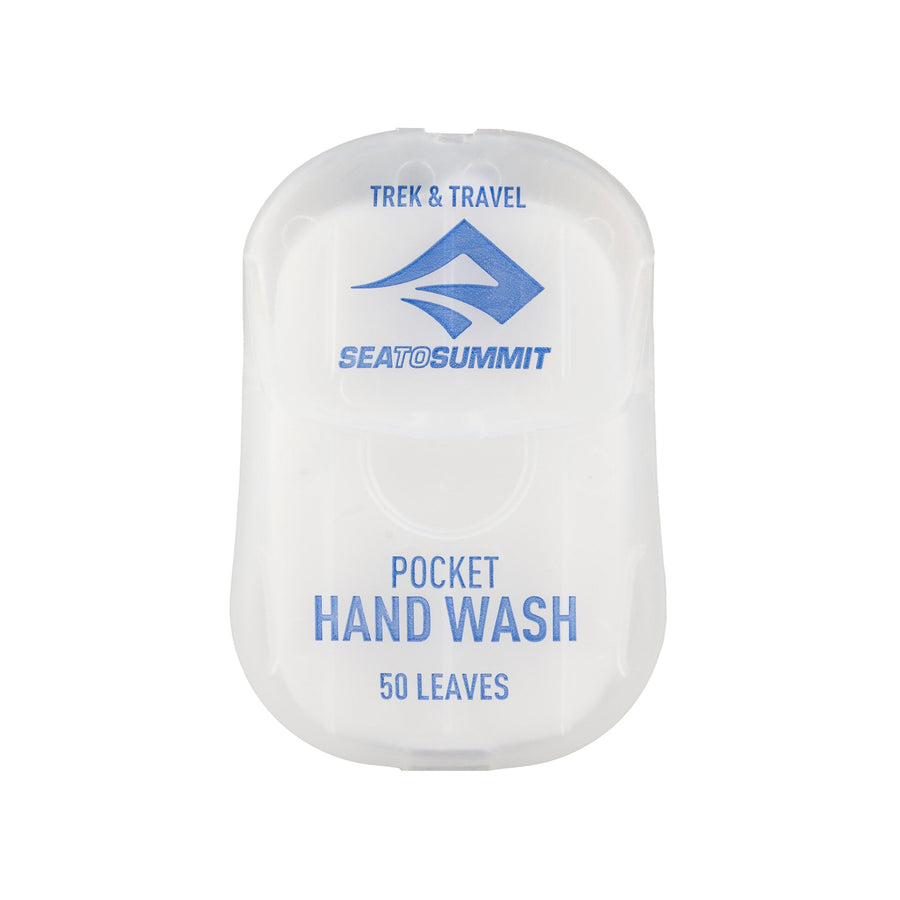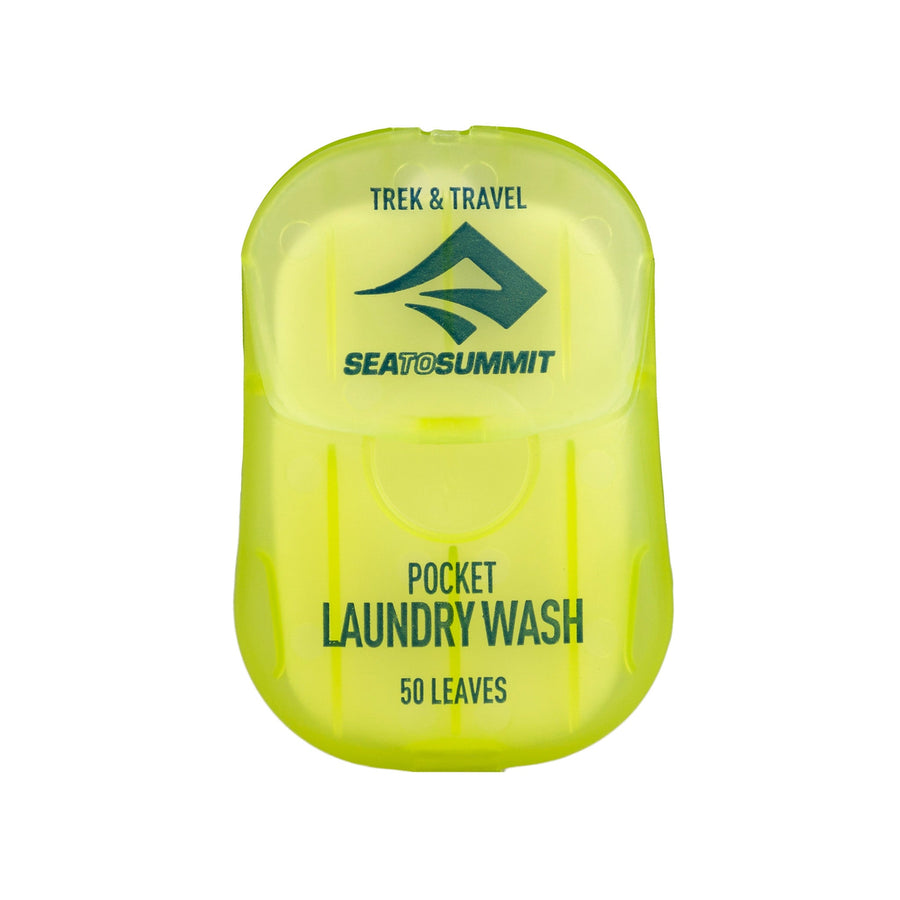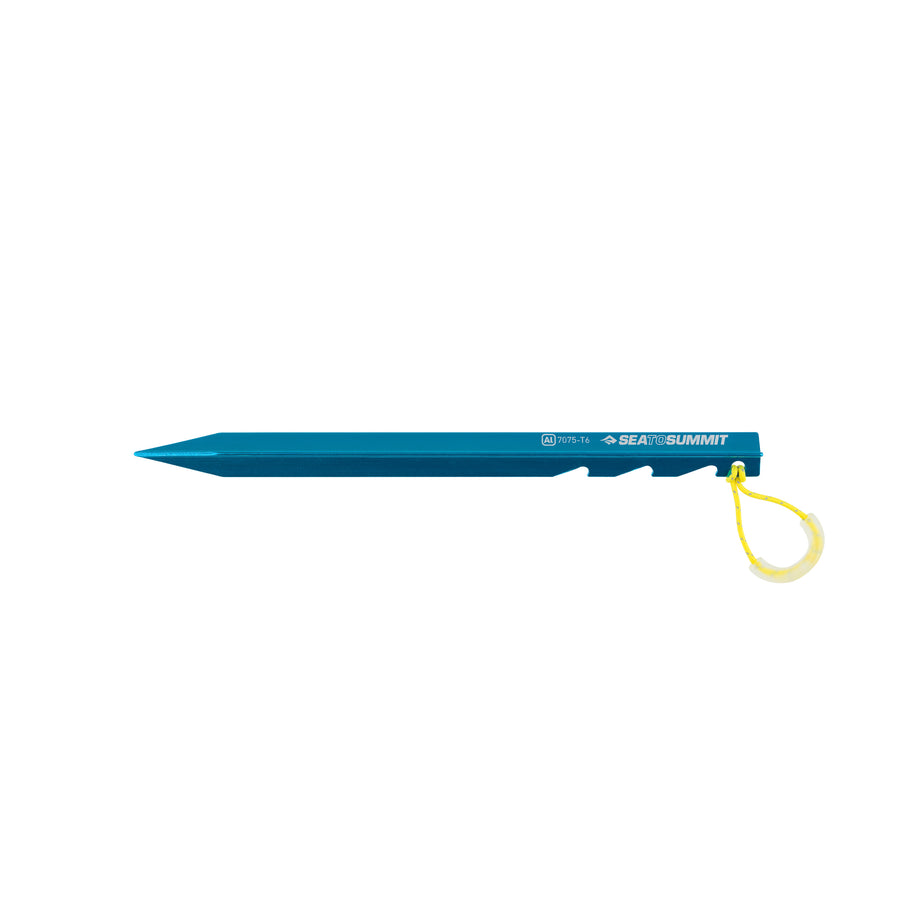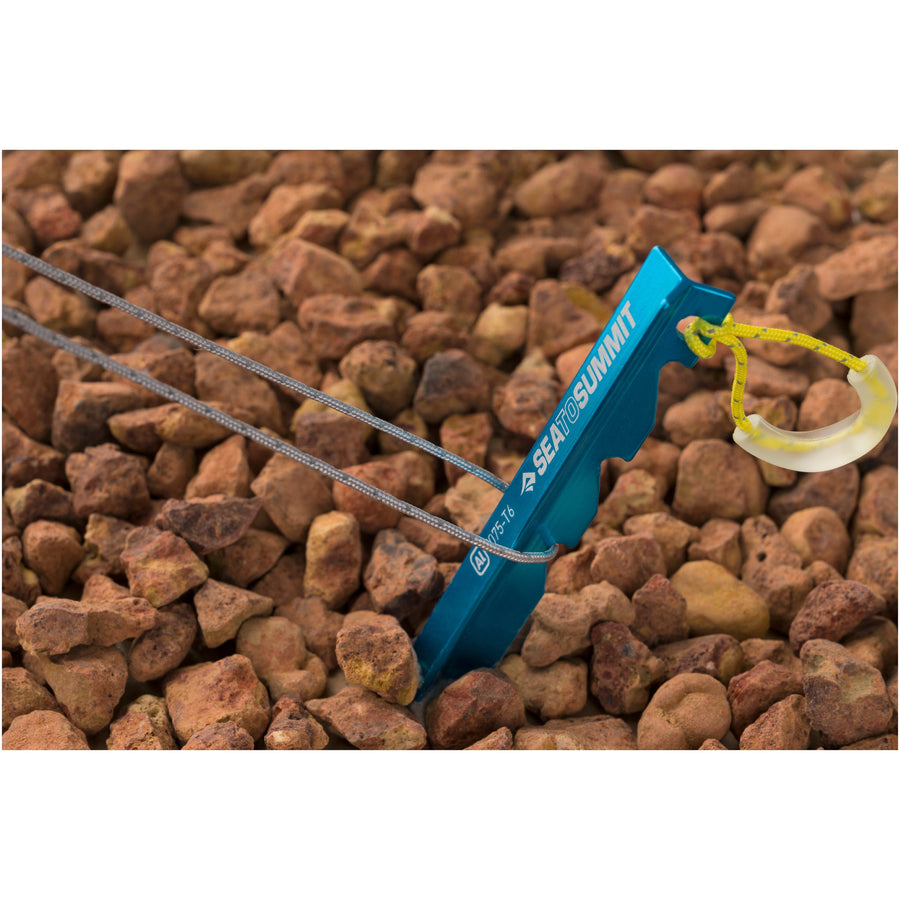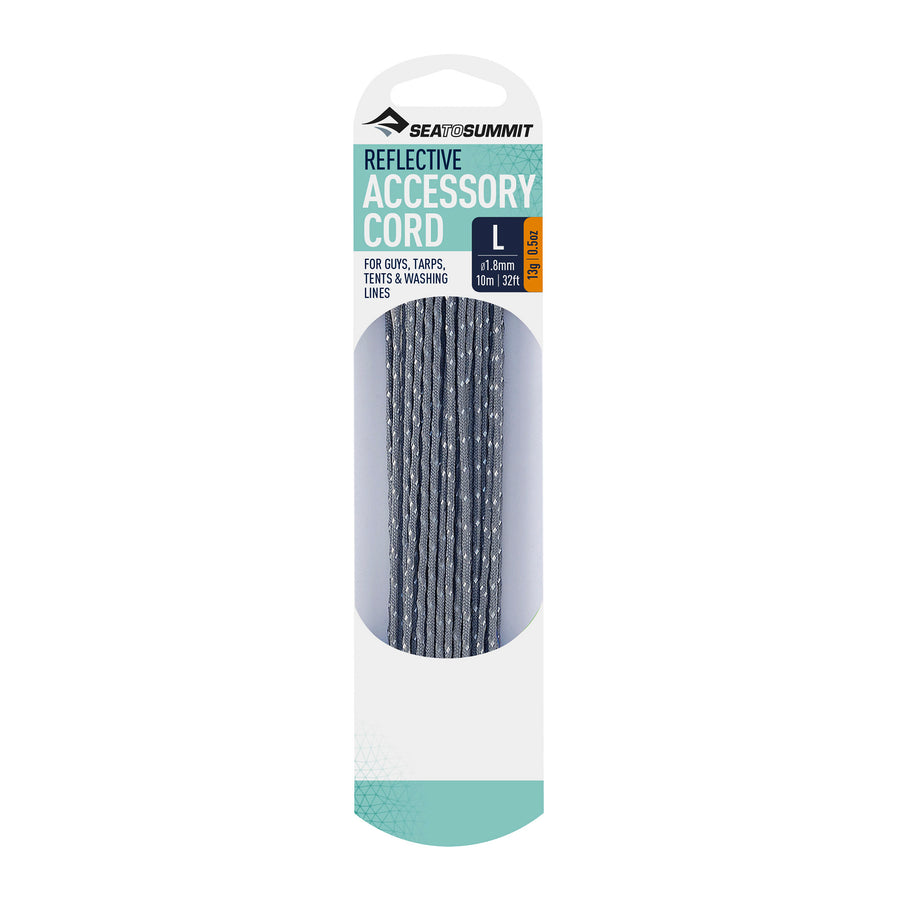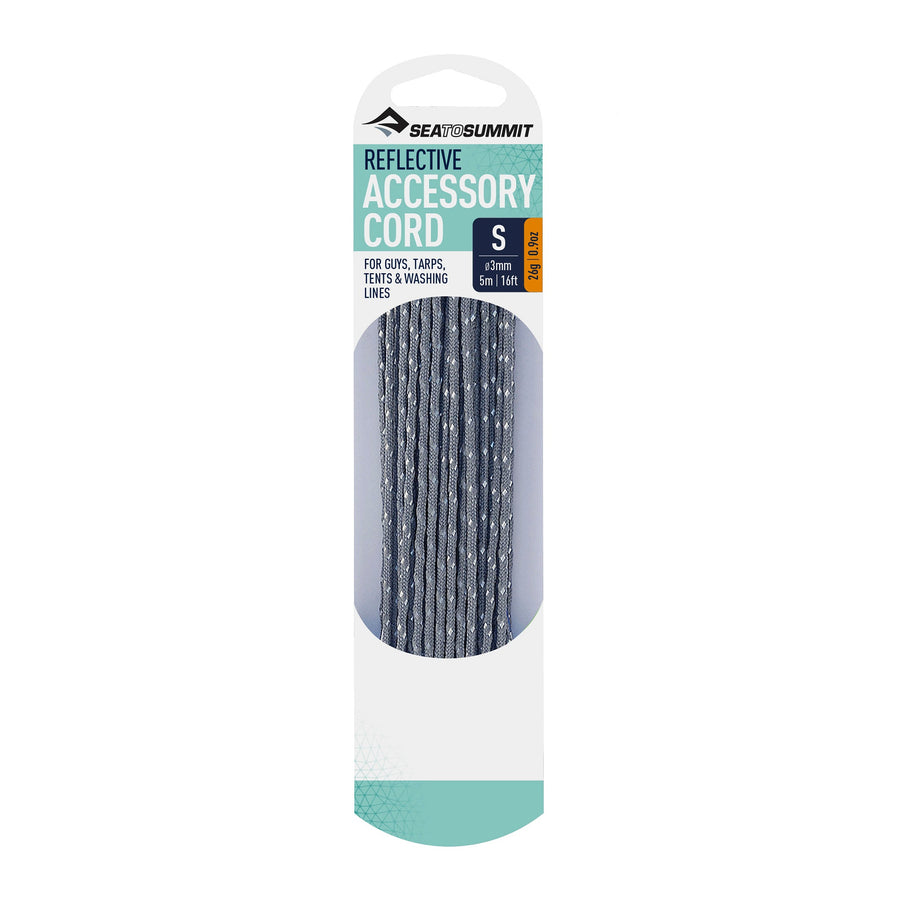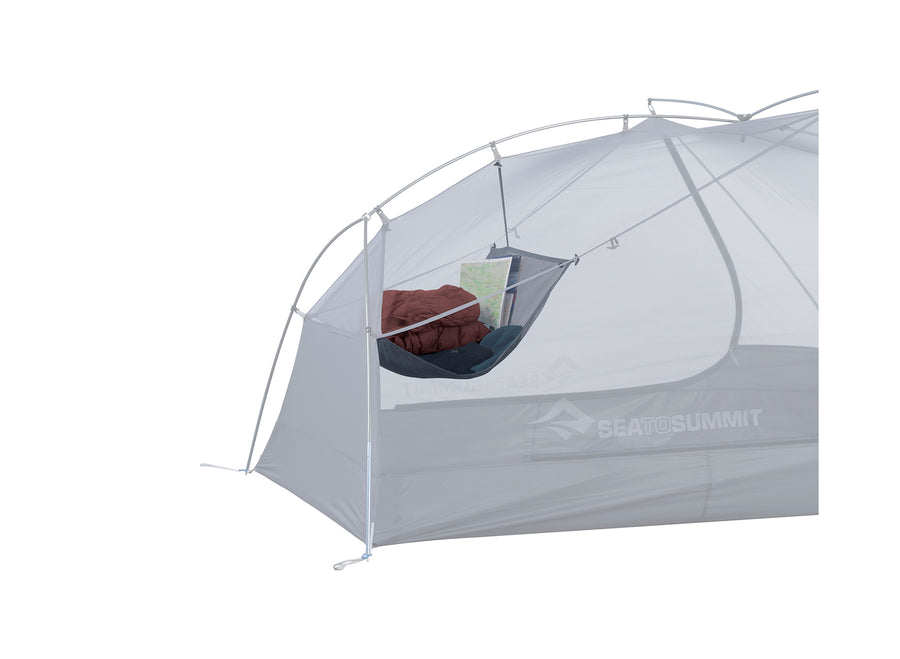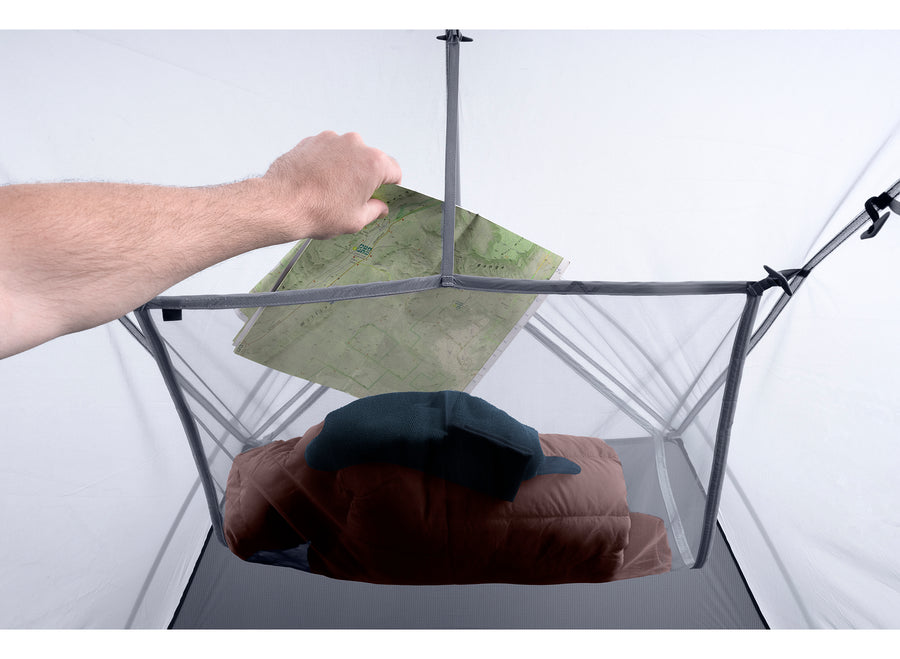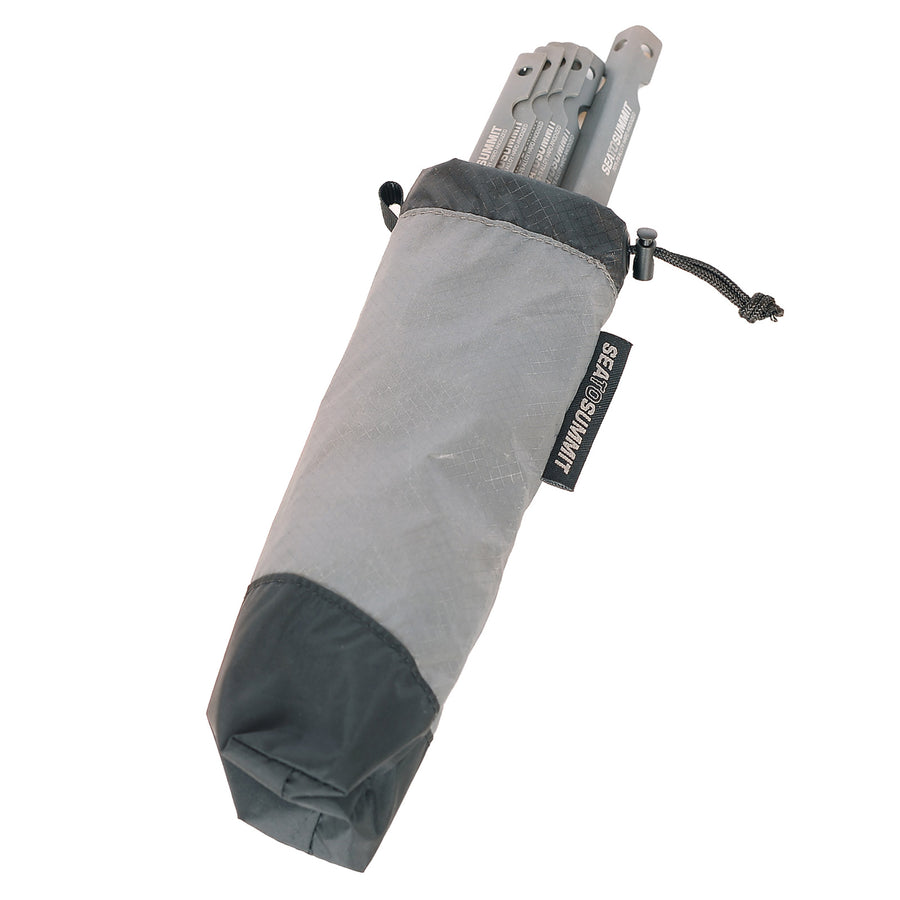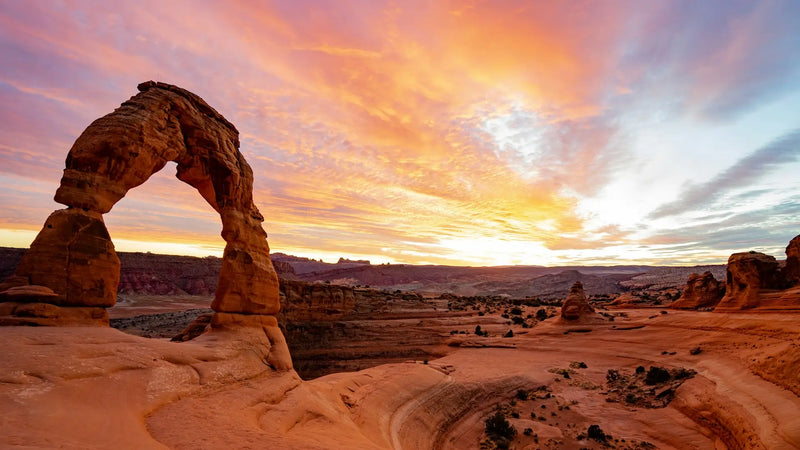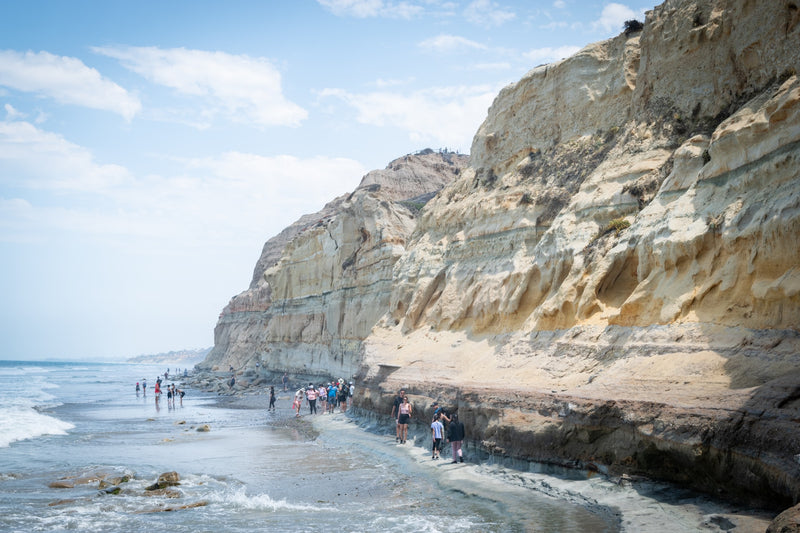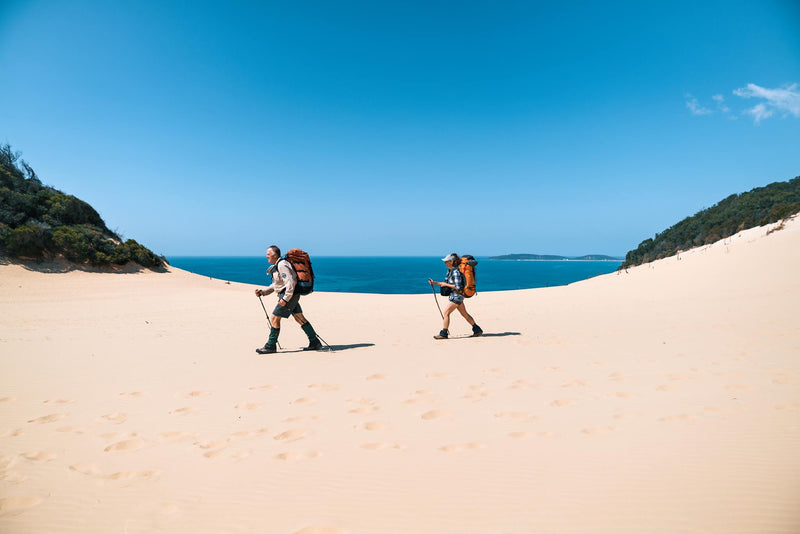Sleeping bags – the inside story (what the sales person probably didn’t tell you)

A sleeping bag is an elemental piece of gear for overnight excursions.
How do you pick one that fits your adventure?
Insulation
Is synthetic a real choice? It can be. Compared to a down sleeping bag, a synthetic bag will be heavier and bulkier (important if you are backpacking), and it will not have the lifespan of a quality down bag. But – it will have a lower initial cost, is easier to clean, and works better in wet environments.
Branded synthetics (like Thermolite®) last longer than non-branded insulation. Construction affects how well the insulation can loft up: basic synthetic bags use flat layers of insulation, better-quality bags use layers sewn diagonally over one another (called shingles). Sea to Summit bags have a unique construction (called WaveLoft™) which creates curves of air-trapping insulation.
Packed Volume
Before you buy a sleeping bag, check it's compressed size. Lower-priced (or 'four season') bags may consume a surprising amount of space in your pack.
Temperature Ratings and Seasons
You’re going to sleep in a range of temperatures. When you buy a bag, you will usually be asked “What’s the coldest temperature you expect to sleep at?” Based on this one data point, you will be offered some options around that temperature (To understand why the bags shown to you may not actually keep you warm at their rated temperature, see cold, hard truths and drafts can be bitter below).

A bag for all seasons. OK. In this example, the coldest conditions you expect to face are around 20°F / -5°C. How often you plan on sleeping at that minimum temperature is rarely asked. If 20°F / -5°C is a once-a-year thing, but you will sleep five nights at 30°F / 0°C and ten nights at 50°F / 10°C, a “20°F / -5°C” bag means you are paying for and carrying around more insulation than you need most of the time. A sleeping bag realistically rated to 30°F / 0°C plus a Reactor or Reactor Extreme liner would be a far better choice in the above scenario.
Sometimes, your bag needs to vent, too. It’s just healthier that way. The more time you spend in warmer temperatures, the more important the ability to ventilate the bag becomes. Many Sea to Summit sleeping bags have secondary zippers in the footbox (we call this the ‘Free-Flow’ system):

Ascent, Women's Ascent, Trek, Women's Trek, Traverse, and Venture
The Traveller has a footbox drawcord, Trailhead and Quest have full-length zippers and double sliders
This construction allows you to open up the side or foot box of the bag or even open it up completely to use as a quilt. And – if you’re frequently in warmer conditions, your liner of choice should be the Breeze.
If the bag you are looking at does not have foot box ventilation or the ability to be opened as a quilt, it will have a relatively small temperature comfort range.
Be skeptical of the term "four-season bag" - a sleeping bag warm enough for winter will probably be too warm, too heavy, and too bulky for summer use.
Cold, hard truths. What often gets overlooked is that in the cooler seasons (when the ground may be much colder than the air), the sleeping bag the salesperson is recommending will not achieve its temperature rating unless you have an adequate insulation layer underneath you. Here are two useful posts on sleeping bag temperature ratings and sleeping pad insulation: sleeping bags and R-Value.
Sleeping in a good sleeping bag on an inadequate sleeping pad is like buying a nice sports car and driving around on bald tires – it won’t perform in the way you had hoped. How much is adequate? The ISO test is conducted with a sleeping pad with an R-Value of 5.38 – less insulation than this and you may well not achieve the promised sleeping bag rating. For summer use, an R-Value of 1-2 should be fine, for cooler weather 3-4 is appropriate, and for winter use 5 or greater will be needed.
This symbiotic relationship between the pad / mat and sleeping bag (and a liner, too) is why Sea to Summit talks about sleep systems. Those salespeople who do not understand this relationship may recommend much warmer sleeping bags than are necessary (including ‘four season’ bags for 2-3 season use), when what the end user really needs is a system comprising of is a realistically rated sleeping bag, a thermal liner and a sleeping mat that insulates adequately.
Drafts can be bitter. This is fine if we’re talking about beer, but not if we’re understanding how sleeping bags should retain warmth. Remember that the mannequin used in the ISO rating test does not move. It cannot flip over an ineffectual zipper draft tube along the zipper, and it does not draw in the cold air past inadequate (or non-existent) draft collars. If you are buying a sleeping bag for more challenging conditions, rather than simple camping/recreational use, these construction details are essential. See the follow-on blog post All About Down.
Choose a bag based on the criteria that are important to you: A more expensive sleeping bag may not offer advantages for the type of use you have in mind. If you don’t need ultimate compressibility or ultra-light weight, there is no value in buying super high-lofting down or featherweight fabrics. On the other hand, if you need to pack as much lightweight warmth as possible into a small space, low-denier shells and liners, 850+ down and complex construction are absolutely worth paying extra for. You can read more about factors that may be important to you in the post How to Choose the Best Sleeping Bag for You
Trek or Women's Trek are great camping and travel sleeping bags. For more ambitious pursuits, the Ascent or Women's Ascent (with their more technical hoods, 750 fill down and free-flow ventilation) are a better choice.
Narrow focus. You may hear that ‘narrow bags are more thermally efficient’. However, this is only true if the sleeper remains motionless in a ramrod-straight position, much like the ISO test manikin. Normal human beings curl up when they sleep. If they are inside a too-narrow sleeping bag, their knees, thighs, and pelvis compress the insulation which results in cold spots. This is particularly true of women; see shrink it and pink it below. A correctly-shaped sleeping bag which allows room to move and avoids compression of the insulation is often warmer in the real world. Which is where most of us sleep.
If you have the opportunity to test a bag before purchasing – and you should insist on doing so – make sure you assume a natural sleeping position (probably on your side) and see if the insulation is compressed as described above.
Shrink it and pink it. Women are used to ‘women’s specific’ products appearing to be nothing more than smaller versions of the ‘unisex’ item, colored pink. Oh, and costing more, too. A women’s sleeping bag needs something more than flowers embroidered on a pastel-colored shell fabric: it needs more insulation in the foot box (women lose heat in their extremities more than men), and a broader cut in the hip area. Women tend to curl up even more than men, or even assume a ‘figure four’ position. A sleeping bag which will not accommodate this without the insulation being compressed will leave the woman sleeper cold. You will find correct shaping, and women's specific levels/placement of insulation in the Women’s Ascent, Women’s Spark, Women’s Trek, Venture and Quest sleeping bags.
Because women are built differently and retain warmth differently than men, the ISO test is conducted with different manikins to simulate male and female sleepers. The test produces different ratings for the same sleeping bag for men (who should use the Lower limit for orientation) and women (who should be guided by the Comfort rating):

Sea to Summit women’s sleeping bags are narrower in the shoulders and broader in the hips. They have additional down or synthetic insulation added proportionately to the areas where more warmth is required. Sea to Summit lists the temperature rating for Women’s-specific sleeping bags using the Comfort rating – bear this in mind when comparing them with other bags 9either from Sea to Summit or from other brands)
The information in this article so far should help you avoid some of the pitfalls encountered when buying a sleeping bag, and give you a better understanding of sleeping bag ratings, sleep ‘systems’, the importance of ventilation and the differences between unisex and women’s sleeping bags.
The one thing we haven’t covered is down quality. You can read our blog All About Down.
It’s time for some recommendations for the right Liner, Sleeping Bag and Sleeping Pad to build a perfect sleep system (well, almost perfect as we’ve not listed the Aeros Pillow.
| ACTIVITY | CRITERIA | SEASON | SLEEPING BAG | SLEEPING PAD | LINER | |
| Backpacking/Thru Hiking | As small & light as possible | Summer to early Fall | Spark or Women's Spark 30°F | -1°C | Ether Light XT Ins. or Ultralight Air Ins. | Breeze or Reactor | |
| Backpacking | Small, light & versatile | Late summer to late Fall | Spark Pro 15°F | -9°C or Ascent / Women’s Ascent 15°F | -9°C | Ether light XT Insulated or Comfort Light Air Insulated | Reactor | |
| Car camping / Basecamp | Maximum comfort required | Summer to early Fall | Basecamp, Trek / Women’s Trek | Comfort Plus SI or Camp Plus SI | Breeze | |
| Boy Scout / Budget-oriented camper | Relatively small and light | Summer to early Fall | Trailhead or Quest 30°F | -1°C | Camp Self Inflating | Reactor | |
| Cycle Touring/Bikepacking | As compact as possible | Summer to early Fall | Spark or Women’s Spark 45°F | 7°C | Ether Light XT Insulated or Ultralight Air Insulated XS | Breeze | |
| Cycle Touring | Prefer greater level of comfort | Summer to early Fall | Ascent or Women’s Ascent 30°F | -1°C | Ether Light XT Insulated or Comfort Light Air Insulated | Breeze | |
| Sea Kayak Touring | As compact as possible | Summer to early Fall | Traverse Tv I or Venture Vt I | Ether Light XT Insulated or Ultralight Air Insulated | Breeze or Reactor | |
| Paddle Touring | Possibility of sand incursion | Summer to early Fall | Traverse Tv I or Venture Vt I (in Summer, possibly Reactor Fleece Liner) | Comfort Light Air Ins. or Comfort Light Self Inflating | Breeze | |
| Ski/Snowshoe Touring (tent) | Need maximum insulation | Winter | Alpine | Ether Light Extreme or Comfort Plus Insulated (+ foam pad) | Reactor Extreme | |
| Ski/Snowshoe Touring (hut) | As compact as possible | Winter | Traveller | No needed | Reactor | |
| Travel | As compact as possible | Any season (sleeping indoors) | Traveller | Not needed | Silk Blend Liner |
To keep your sleeping bag and liner safe and dry in your pack you’ll need a dry storage option – depending on your preference and the environments you will find yourself in, this will be an eVac Compression Dry Bag, eVac Dry Bag, or eVac Compression Dry Bag UL. You can read about these here.
If you’d like recommendations or have questions about anything not covered here, drop us a line via the blog
B
